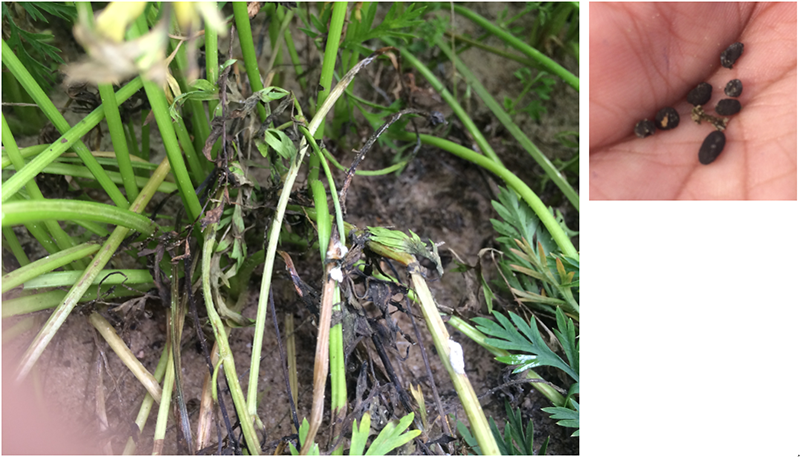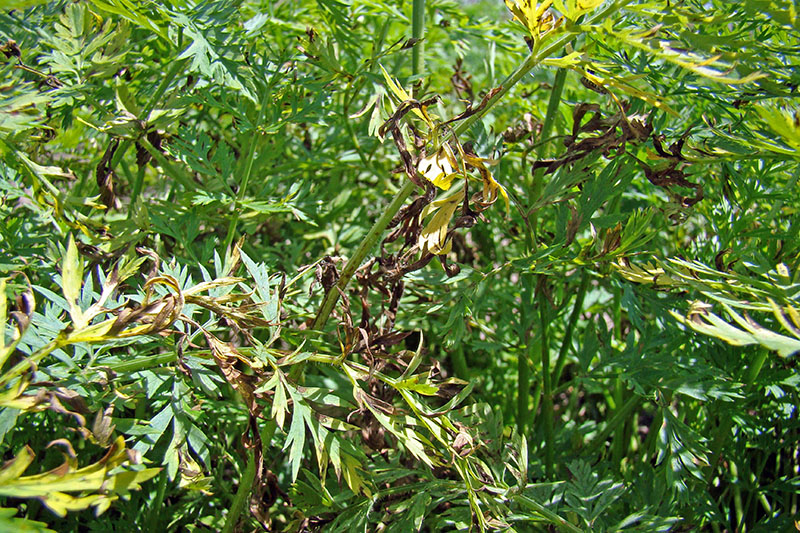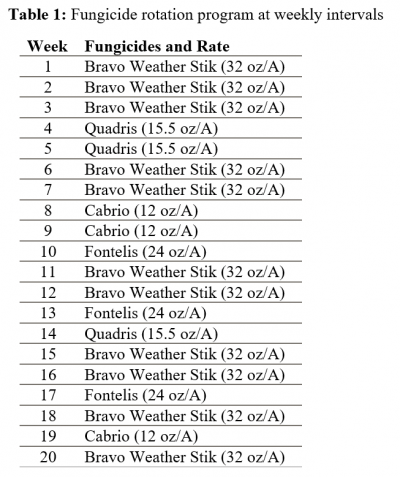Susannah Da Silva, Fanny Iriarte, Bob Hochmuth and Mathews Paret, UF/IFAS North Florida Research and Education Center
Carrots are produced in Florida on an estimated area of 4,000 acres; most of which are in North Florida. The planting time for carrots in North Florida is August – December, with crops taking anywhere from 120-150 days to reach maturity. With weather conditions varying so much during the crop cycle, it makes carrots a prime target for several fungal pathogens. Surveys conducted by a UF/IFAS research team at the North Florida Research and Education Center (NFREC), Quincy and Live Oak, from 2015-2018 detected three main diseases that might be encountered during this growing season. A summary of these diseases, and periods of the year when they could be a problem are shown below.
—
Cottony Rot
Cottony Rot (called white mold on other vegetables), caused by the fungus Sclerotinia sclerotiorum, is active from December through April in North Florida. It appears later in the season and can even affect plants after harvest. Symptoms can include brown lesions on lower foliage, or on the tops of carrots. A cottony white mold will form on the plant near the soil line and will eventually produce black sclerotia (Fig. 1). For disease management, see the 2018-2019 Vegetable Production Handbook of Florida, and Integrated Management of White Mold on Vegetables in Florida.
—
Alternaria Blight
Alternaria blight is caused by at least two species of Alternaria. The disease is most active from January to June in North Florida, and occurs most often under wet conditions, with temperatures ranging from 60-77°F. Symptoms initially appear as water-soaked spots and leaf marginal necrosis, but as the disease progresses, lesions become dark brown to black, and sometimes present chlorotic halos with yellowing of the surrounding leaf area. Lesions expand to turn entire leaf dark brown or black (Fig. 2). Symptoms may also appear on stems of the carrot tops. This disease can cause the foliage to drop off, making harvesting difficult, as at least 50% of the foliage is required for the common harvester, which pulls the carrot tops mechanically. Alternaria spp. is spread by spores, which can be moved by the wind, water splashing, or other mechanical means.
Over the the fall 2017 through spring 2018 growing season, an experiment was conducted to test the efficacy of a fungicide rotation program that used protectant and systemic fungicides. Disease severity evaluations taken for several weeks were used to determine the efficacy of the fungicide rotation program in comparison to a water only control. The fungicide rotation program (Table 1) kept the disease well below the maximum threshold (50% of the disease severity/blighting), and allowed for efficient use of a mechanical harvester, as indicated by the final disease severity data (Fig. 2). The disease severity of the water control was above the maximum threshold of disease severity.
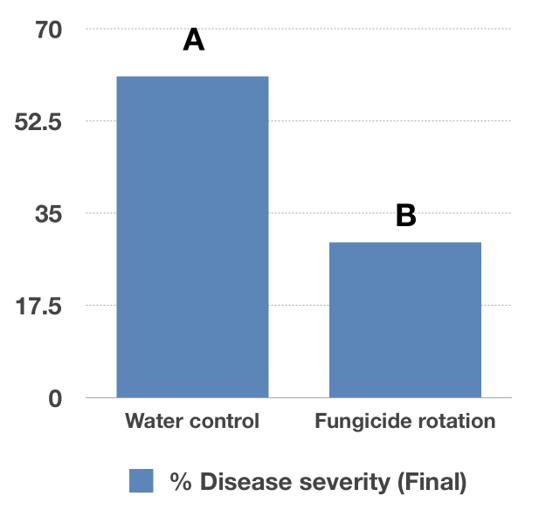
Fig. 2. Percentage disease severity of Alternaria blight indicating efficacy of a fungicide rotation program in comparison to the water control.
—
Southern Blight
Southern Blight (Sclerotium rolfsii) is active from April to June in North Florida. This disease can damage foliage, but mostly affects carrot roots. Ideal conditions for this pathogen are moderately cool to warm temperatures, following wet conditions. Symptoms appear as a white fan like fungal growth at the crown of the plant, which eventually form sclerotia (small, white to mustard colored) (Fig. 3). Sclerotia can spread the pathogen and survive for many years in the soil. The pathogen can spread from plant to plant through the soil, and can spread between fields on farm equipment. For disease management, see the Vegetable Production Handbook of Florida.
—
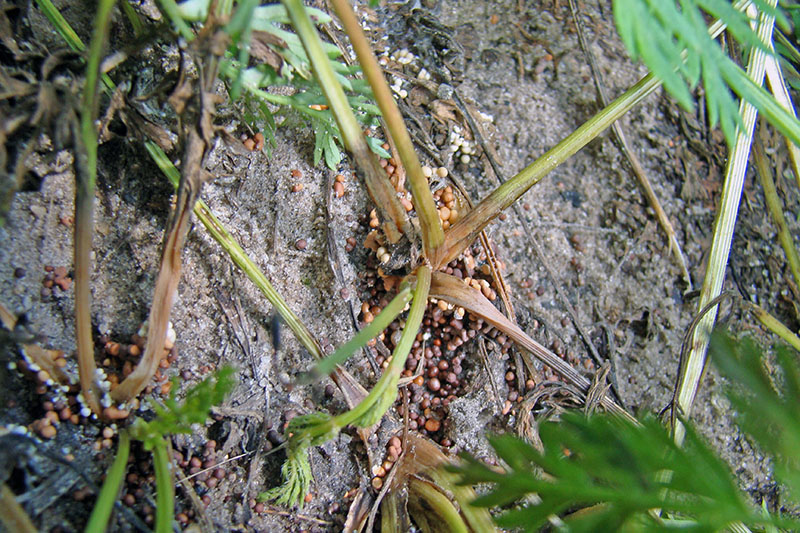
Fig. 3. Sclerotia of Sclerotium rolfsii are mustard like fungal structures usually found at the base of infected plants.
- Mathews Paret Promoted to University of Florida Plant Pathology Department Chair - July 28, 2023
- Field Performance of Plant Protectants against Bacterial Leaf Spot on Watermelon - February 11, 2022
- Using Scouting and Diagnostic Confirmation to Improve Watermelon Spray Programs in North Florida - September 25, 2020

